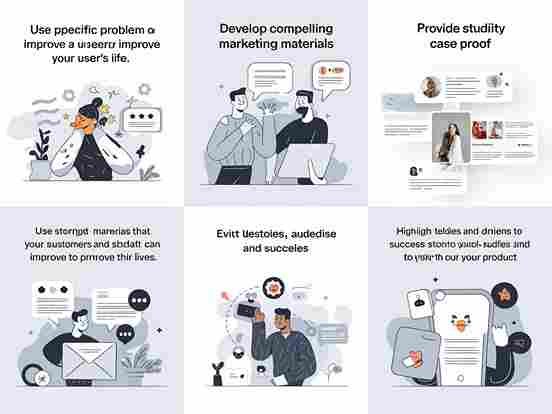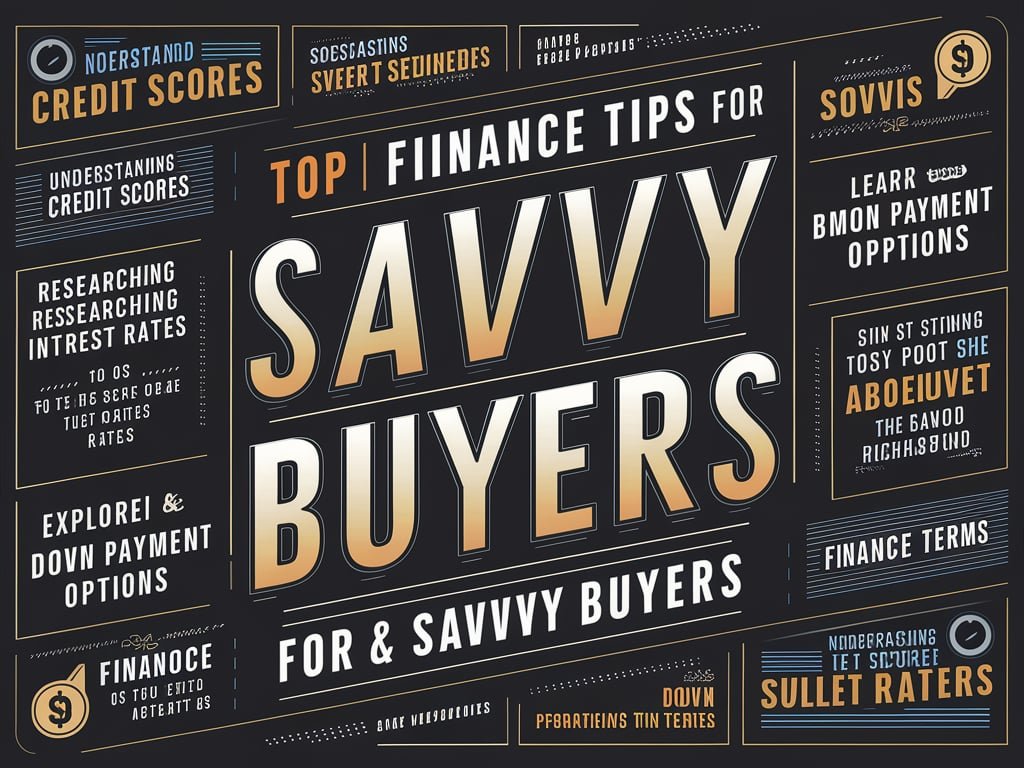Creating a product is only part of the journey; getting people to invest in and buy it is equally important. This article covers the strategies and psychology behind successful product promotion, providing proven techniques for inspiring customer interest and boosting sales. Whether you’re a business owner, entrepreneur, or marketer, this guide can help you maximize the appeal of your offerings and convert users into loyal buyers.
Why People Buy Products: Understanding the Motivation
Understanding what motivates people to buy a product is crucial in guiding your sales strategies. People buy products for different reasons: needs, emotions, social, and personal. Here are the main reasons why people make purchases:
- Need: Basic needs like food, clothing, and shelter drive people to buy essential products.
- Convenience: Products that make life easier attract buyers looking for convenience.
- Emotional Appeal: People often buy items that evoke positive feelings.
- Social Proof: Recommendations from friends, family, and influencers play a big role in purchases.
- Aspirational Goals: People buy products that align with their aspirations and values.
The Role of Advertisers in Convincing People to Buy Products
Advertisers use various strategies to convince consumers that they need a product. By appealing to emotions, highlighting benefits, and showcasing real-life use cases, marketers create compelling narratives that make products attractive and necessary. Techniques like limited-time offers and testimonials add urgency and credibility, driving potential buyers closer to making a purchase.
Top Strategies to Get Users to Invest in Your Product
Let’s dive into some actionable strategies you can use to make your product more appealing, drive user interest, and encourage purchases.
1. Create a Strong Value Proposition
Your product’s value proposition should clearly answer, “Why should someone buy this?” Highlight the unique benefits that set your product apart and emphasize how it can solve a particular problem or fulfill a need. A strong value proposition is key to attracting and retaining customers.
Example: A product that helps users save time, like a meal planning app, could emphasize, “Get hours back in your week with personalized meal plans.”
2. Build Trust Through Social Proof
Social proof builds credibility and reassures potential customers. Include user testimonials, reviews, and case studies on your website or marketing materials. Highlight customer success stories to show new users that others have benefited from your product.
Tip: Use data from high-authority review platforms or customer stories to strengthen credibility. For example, learn more about the impact of reviews on buying behavior here.
3. Offer free trials or money-back guarantees.
Offering a free trial or a money-back guarantee lowers the risk for new customers. This approach lets users experience your product’s benefits before committing financially. People are more likely to invest in a product when they know they have nothing to lose.
Tip: Showcase the free trial or guarantee prominently on your website or ad copy to encourage sign-ups.
4. Create scarcity and urgency.
Urgency and scarcity encourage people to buy now rather than later. Use phrases like “limited stock” or “only 24 hours left” to create a sense of urgency. Special offers, countdown timers, and limited-time discounts can drive immediate sales.
Example: Offer exclusive discounts for the first 100 buyers to prompt faster purchases.
5. Focus on benefits, not just features.
When promoting your product, emphasize the benefits over the technical features. For example, instead of saying, “This software has advanced analytics,” say, “Make data-driven decisions with ease using our comprehensive analytics tools.”
Highlighting benefits allows users to see how the product will directly improve their lives or solve a problem.
6. Use effective call-to-actions (CTAs).
A compelling CTA encourages users to take the next step. Instead of generic CTAs like “Buy Now,” use action-oriented phrases like “Get Started Today,” “Try Free for 30 Days,” or “Start Saving Time Now.” These CTAs guide potential buyers toward completing a purchase.
7. Optimize mobile and online accessibility.
Many people browse and shop from their smartphones, so it’s crucial to have a mobile-friendly interface. Ensure your website or app offers seamless navigation and a simple checkout process. A user-friendly platform can significantly boost sales.
8. Engage with content marketing
Creating informative and engaging content around your product helps establish credibility and educate potential buyers. Share blog posts, videos, and social media content that discuss how your product solves specific problems.
Tip: Include external links to reputable resources that reinforce your content. For example, if you’re marketing a financial product, link to reliable investment websites like Investopedia to add authority to your content.
Table of Effective Strategies to Get Users to Invest
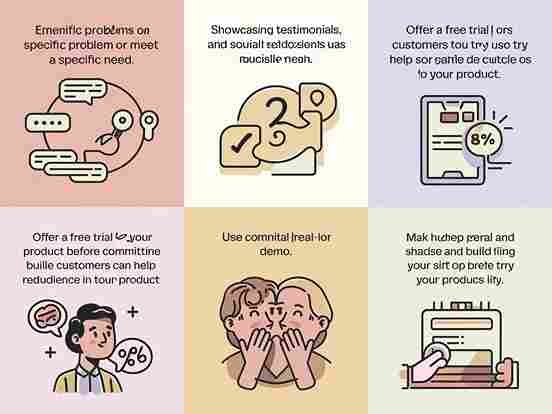
| Strategy | Description | Example |
| Strong Value Proposition | Highlight unique benefits and solutions your product offers. | “Save hours weekly with our meal planner.” |
| Social Proof | Use testimonials and reviews to build trust. | Showcase customer reviews on your website. |
| Free Trial/Money-Back Guarantee | Lower the risk of purchase for potential customers. | “Try for free, no strings attached.” |
| Scarcity and Urgency | Create urgency with limited-time offers. | “Limited stock! Buy before it’s gone.” |
| Benefit-Oriented Promotion | Focus on how the product improves the user’s life. | “Save time with advanced analytics.” |
| Effective CTA | Use action-oriented, specific CTAs. | “Get Started Today!” |
| Mobile-Friendly Design | Ensure a seamless user experience on mobile devices. | Fast, simple mobile checkout process. |
| Content Marketing | Provide valuable, relevant content related to your product. | Blog posts, videos, and educational content on your site. |
Examples of Successfully Getting Users to Invest in Products
Some of the most successful brands employ these strategies to boost sales and customer loyalty.
Apple: A Masterclass in Urgency and Social Proof
Apple often creates a sense of urgency by introducing limited-time promotions and highlighting social proof through testimonials and influencer endorsements. The company’s strategy of emphasizing the product’s benefits (like sleek design and efficiency) over technical specs makes their devices appealing to a broad audience.
Netflix: Effective Use of Free Trials
Netflix’s one-month free trial is a wonderful example of reducing purchase risk. By letting users try out the platform without any upfront cost, they experience the product’s value firsthand, often leading to paid subscriptions once the trial ends.
How to Convince Someone to Buy Your Product: Advanced Strategies
Now that we’ve covered some foundational techniques, let’s explore more advanced tactics that can deepen customer trust, build urgency, and convert undecided prospects into loyal customers.
9. Leverage Influencer Marketing
Influencers hold significant sway over their followers’ purchasing decisions. Collaborating with influencers who align with your product and target audience can boost product credibility and exposure. Influencers can introduce your product to a new audience in an authentic way, often more relatable than traditional advertising.
Tip: Partner with influencers who already discuss similar products, as their followers are likely to show interest. Learn more about effective influencer marketing here.
10. Offer limited-edition products or bonuses.
People love exclusivity. Offering a limited-edition version of your product or adding bonus items for a specific period can increase the perceived value and create urgency. This tactic appeals to those looking for unique offerings and encourages quicker decision-making to avoid missing out.
11. Implement a referral program.
A referral program incentivizes existing customers to recommend your product to others, allowing you to leverage the power of word-of-mouth marketing. When users see that others trust and endorse your product, it increases their likelihood of purchasing.
Example: Offer a discount or bonus for both the referrer and the referred friend, making it a win-win.
12. Personalize the Buying Experience
Personalized experiences can make customers feel valued, which in turn increases engagement and loyalty. Use data such as past purchases, browsing behavior, or geographic location to customize product recommendations and promotions. Email marketing is also a powerful tool for sending personalized messages that resonate with individual customer needs.
For insights on how personalization drives sales, see this guide on personalization.
13. Utilize Remarketing Campaigns
Remarketing (or retargeting) allows you to re-engage users who have shown interest in your product but haven’t made a purchase. These users are often close to converting, so reaching out to them again with ads, special offers, or reminders can effectively bring them back to complete the purchase.
Example: Use Google Ads or Facebook Ads to show these users relevant ads after they’ve left your site.
14. Showcase product guarantees and warranties.
Offering warranties or satisfaction guarantees can reassure potential buyers. Getting a replacement or refund if a product doesn’t meet expectations makes people more likely to buy it. Clearly communicate these guarantees in your product descriptions and CTAs.
15. Use storytelling to connect with customers.
People love stories, especially ones that resonate with their lives or aspirations. By sharing your brand’s story or using storytelling in your marketing materials, you can create a deeper emotional connection with your audience. This approach makes your product memorable and relatable, increasing the chances of a sale.
Example: A company that sells eco-friendly products might share stories about its commitment to sustainability and the positive environmental impact of each purchase.
Table of Advanced Techniques to Drive Sales
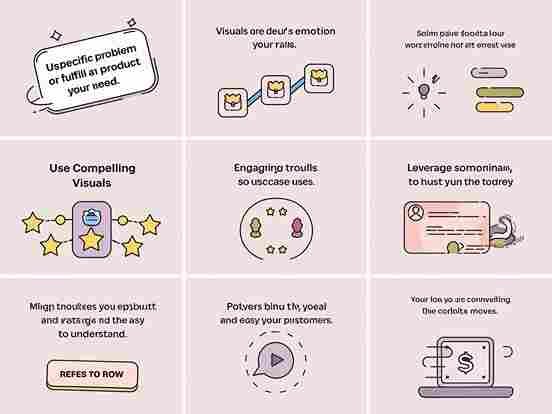
| Strategy | Description | Example |
| Influencer Marketing | Partner with influencers to boost credibility and reach. | Collaborate with an influencer in your niche. |
| Limited-Edition Products/Bonuses | Create urgency by offering exclusive items. | Limited-edition product colors or special bonus items. |
| Referral Program | Encourage customers to refer others to your product. | Offer discounts for both referrers and new customers. |
| Personalized Experiences | Use data to customize product recommendations and offers. | Send personalized emails based on browsing history. |
| Remarketing Campaigns | Re-engage users who showed interest but didn’t buy. | Display ads for products users previously viewed. |
| Product guarantees and warranties | Provide peace of mind with clear guarantees. | “100% satisfaction or your money back” guarantee. |
| Storytelling | Share relatable stories about your brand or product. | Tell the brand’s origin story or share customer success stories. |
What People Like to Buy and How You Can Leverage This Knowledge
Understanding trends in consumer purchasing behavior can help you identify what people want and position your product accordingly. Here are some of the main factors driving today’s purchases:
- Convenience: People prioritize products that simplify their daily routines, such as time-saving gadgets, meal delivery kits, and multi-functional devices.
- Quality Over Quantity: Consumers increasingly prefer quality, even if it means paying a bit more. Ensure that your marketing emphasizes the quality of your product, perhaps by highlighting durable materials or impressive customer reviews.
- Sustainability: With growing awareness of environmental issues, people are interested in sustainable products. If your product is eco-friendly or made from sustainable materials, showcase these attributes prominently.
- Unique Experiences: Many people prioritize unique experiences, such as DIY products, personalized items, and unique handmade crafts.
How Advertisers Convince People to Buy Products
Advertisers have long used psychology to appeal to consumer motivations. Here are a few effective tactics used to nudge people toward making a purchase:
- Scarcity: Limited-time offers or low stock notices prompt people to act quickly.
- Social Proof: Testimonials, reviews, and endorsements help build trust.
- Authority: People tend to trust brands that appear knowledgeable and credible in their industry.
- Appealing to Emotions: Ads that evoke joy, nostalgia, or excitement can have a powerful effect on purchasing behavior.
For more in-depth insights into consumer psychology, visit Psychology Today.
Practical Tips to Maintain and Grow Customer Engagement Post-purchase
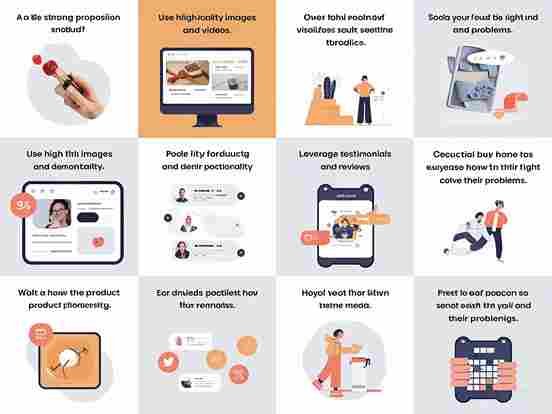
Once you’ve successfully convinced users to invest in your product, maintaining their loyalty and turning them into repeat customers becomes essential. Here are some effective post-purchase strategies to help you achieve that:
1. Offer excellent customer support.
Outstanding customer support creates a positive experience and encourages long-term loyalty. A responsive, helpful support team can turn a potential issue into an opportunity to impress and retain customers. Provide multiple channels like email, chat, or phone to cater to different user preferences.
2. Send follow-up emails and personalized recommendations.
Follow-up emails after a purchase are a fantastic way to re-engage customers. You can thank them for their purchase, provide helpful usage tips, or offer personalized product recommendations based on their recent purchase. These emails keep your brand fresh in the customer’s mind and offer them reasons to return.
3. Launch a loyalty or rewards program.
A loyalty program can be a powerful motivator for repeat purchases. By rewarding customers for their continued engagement, you create a cycle of positive reinforcement that makes them feel valued. For example, you could offer points for each purchase that can later be redeemed for discounts or exclusive products.
Example: A skincare brand could offer points for every purchase, allowing customers to earn free products after reaching certain thresholds.
4. Create opportunities for user-generated content.
Encourage customers to share their experiences with your product on social media or your website. User-generated content (UGC) builds social proof and provides a steady stream of authentic testimonials that can influence potential buyers. Run contests or offer incentives for customers who post about your product to increase UGC.
Tip: Showcase customer photos or reviews on your website or social channels, which adds authenticity and encourages new buyers.
5. Regularly solicit feedback and improve.
Actively seeking customer feedback through surveys or reviews helps you understand what’s working and where you can improve. This feedback loop shows customers that you value their opinions and are dedicated to delivering a better experience. Listening and implementing customer suggestions can further cement their loyalty to your brand.
6. Send exclusive offers or product launch notifications.
Show appreciation to loyal customers by offering them exclusive discounts or early access to new products. This can make them feel like VIPs and encourage them to stay connected to your brand. Plus, they’re more likely to engage with your future launches if they feel they’re receiving special treatment.
7. Use data analytics to understand and predict behavior.
Analyzing data from customer interactions allows you to understand preferences, predict behavior, and create more tailored experiences. For instance, tracking purchasing patterns can help you offer personalized discounts, target ads more effectively, or recommend related products at the right time.
8. Offer a Subscription Model for Recurring Revenue
If your product is suitable, a subscription model can increase customer retention and make buying easier for your users. This approach is especially effective for products that customers use regularly, such as meal kits, vitamins, or personal care items.
Example: A coffee brand could offer a monthly subscription, delivering fresh coffee directly to customers’ doors and ensuring a steady revenue stream.
Final Thoughts on Building a Loyal Customer Base
Getting users to invest in your product initially is a big accomplishment, but keeping them engaged and coming back is just as important. By employing a combination of targeted post-purchase strategies, you can strengthen customer relationships, improve retention, and build a loyal following. Remember to adapt these strategies to suit your audience, regularly update your approaches based on feedback, and stay aware of evolving customer expectations.
When customers feel valued and appreciated, they’re far more likely to become long-term advocates for your brand—leading to sustainable growth, positive word-of-mouth, and ultimately, more people investing in your product.
Would you like more detailed examples for each post-purchase strategy or additional guidance on adapting these techniques for specific product types?

